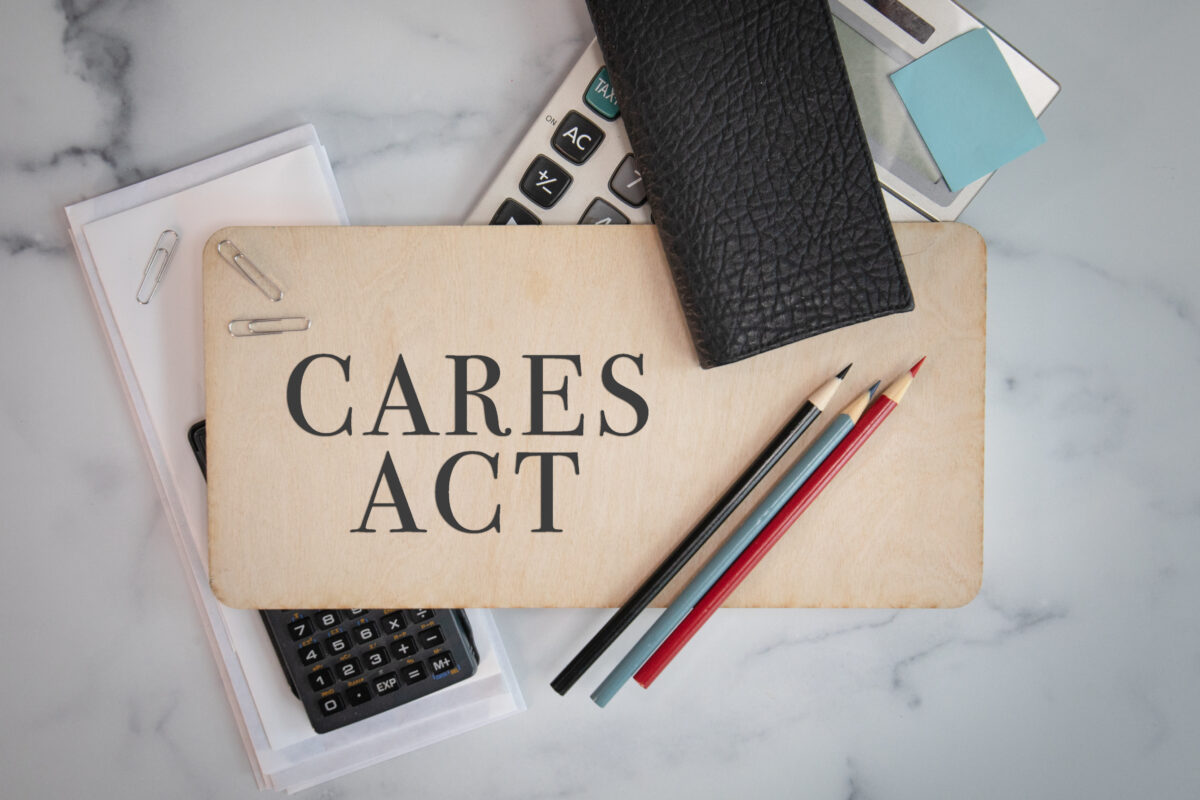
CARES Act Provides 4 Possible Reasons to File an Amended Return
The $2.2 trillion Coronavirus Aid, Relief, and Economic Security (CARES) Act delivers good news to individuals and businesses, including valuable tax-relief measures. Some of that tax relief is retroactive. These provisions can affect 2018 and 2019 returns that have already been filed. One retroactive provision can, in some cases, go all the way back to 2013. Some taxpayers that file amended returns may receive a tax refund from prior years.
Here’s a summary of four retroactive CARES Act provisions that can potentially benefit you or your business entity after amended prior-year returns have been prepared and filed.
1. Liberalized Rules for Deducting NOLs
Business activities that generate tax losses can cause you or your business entity to have a net operating loss (NOL) for the year. Many businesses are currently operating at a loss. But there’s a bright side: The CARES Act significantly liberalizes the NOL deduction rules and allows NOLs that arise from 2018 to 2020 to be carried back five years.
That means an NOL that arises this year can be carried back to 2015. In addition, an NOL that arose in 2018 can be carried back to 2013. Such NOL carry-backs allow you to claim refunds for taxes paid in the carry-back years. Because tax rates were higher in pre-2018 years, NOLs carried back to those years can be especially beneficial.
2. Better Depreciation Rules for Real Estate QIP
The CARES Act includes a retroactive correction to the 2017 Tax Cuts and Jobs Act (TCJA) that allows much faster depreciation for real estate qualified improvement property (QIP) that’s placed in service after 2017.
QIP is defined as an improvement to an interior portion of a nonresidential building that’s placed in service after the date the building was first placed in service. However, QIP doesn’t include any improvement for which the expenditure is attributable to the enlargement of the building, any elevator or escalator, or the internal structural framework of the building.
The retroactive correction allows you to claim 100% first-year bonus depreciation for QIP expenditures placed in service in 2018 through 2022. Alternatively, you can depreciate QIP placed in service in 2018 and beyond over 15 years using the straight-line method.
Amending a 2018 or 2019 return to claim 100% first-year bonus depreciation for QIP placed in service in those years may result in a lower bill for the tax year the QIP was placed in service. It may even generate an NOL that can be carried back to a prior tax year to recover taxes paid in that prior year.
You could also amend a 2018 or 2019 return to claim 15-year straight-line depreciation for QIP placed in service in those years. That might not create an NOL for 2018 or 2019, but it would still lower your tax bill for those years.
3. Suspended Excess Business Loss Disallowance Rule for Noncorporate Taxpayers
An unfavorable TCJA provision disallowed current deductions for so-called “excess business losses” incurred by individuals and other noncorporate taxpayers in tax years beginning in 2018 through 2025. An excess business loss is one that exceeds $250,000 or $500,000 for a married joint-filing couple. The $250,000 and $500,000 limits are adjusted annually for inflation.
The CARES Act suspends the excess business loss disallowance rule for losses that arise in tax years beginning in 2018 through 2020. Amending a 2018 or 2019 return to reflect the suspension of the excess business loss disallowance rule could result in a 2018 or 2019 NOL that could then be carried back to a prior tax year to recover taxes paid in that prior year. Or it could just lower the 2018 or 2019 tax bill. Either way, you’ll come out ahead.
4. Liberalized Limit on Business Interest Expense Deductions
Another unfavorable TCJA provision generally limited a taxpayer’s deduction for business interest expense to 30% of adjusted taxable income (ATI) for tax years beginning in 2018 and beyond. Business interest expense that’s disallowed under this limitation is carried over to the following tax year.
In general, the CARES Act temporarily and retroactively increases the taxable income limitation from 30% of ATI to 50% of ATI for tax years beginning in 2019 and 2020. There’s no change for tax years beginning in 2018. Amending a 2019 return to reflect the liberalized taxable income limitation rule could result in a 2019 NOL that can be carried back to a prior tax year to recover taxes paid in that prior year. Or it could just lower the 2019 tax bill. Either way, you’ll come out ahead.
Special complicated rules apply to partnerships and LLCs that are treated as partnerships for tax purposes.
Important: Taxpayers with average annual gross receipts of $25 million or less for the three previous tax years are exempt from the business interest expense deduction limitation. Certain real property businesses and farming businesses are also exempt if they choose to use slower depreciation methods for specified types of assets.
To Amend or Not to Amend?
The four retroactive tax-relief measures provided by the CARES Act can impact prior tax years for which returns have already been filed. Amended returns can allow you or your business to benefit from these changes and recover taxes paid in prior years. Contact your tax professional if you have questions, need more information or want to authorize us to start preparing amended returns for you or your business.
The information contained in this post may not reflect the most current developments, as the subject matter is extremely fluid and constantly changing. Please continue to monitor Yeo & Yeo’s COVID-19 Resource Center for ongoing developments. Readers are also cautioned against taking any action based on information contained herein without first seeking professional advice.
